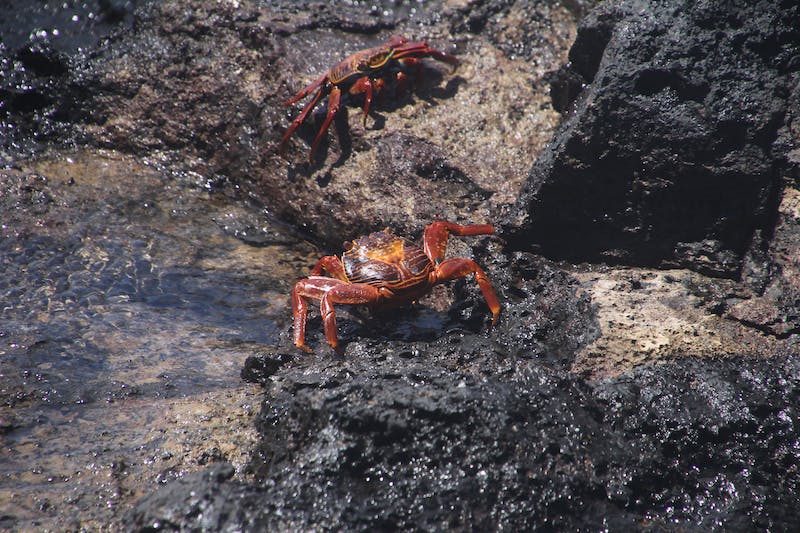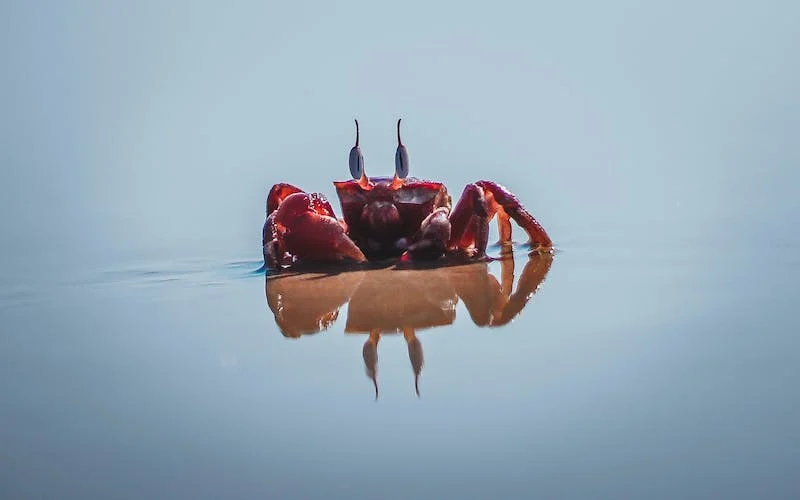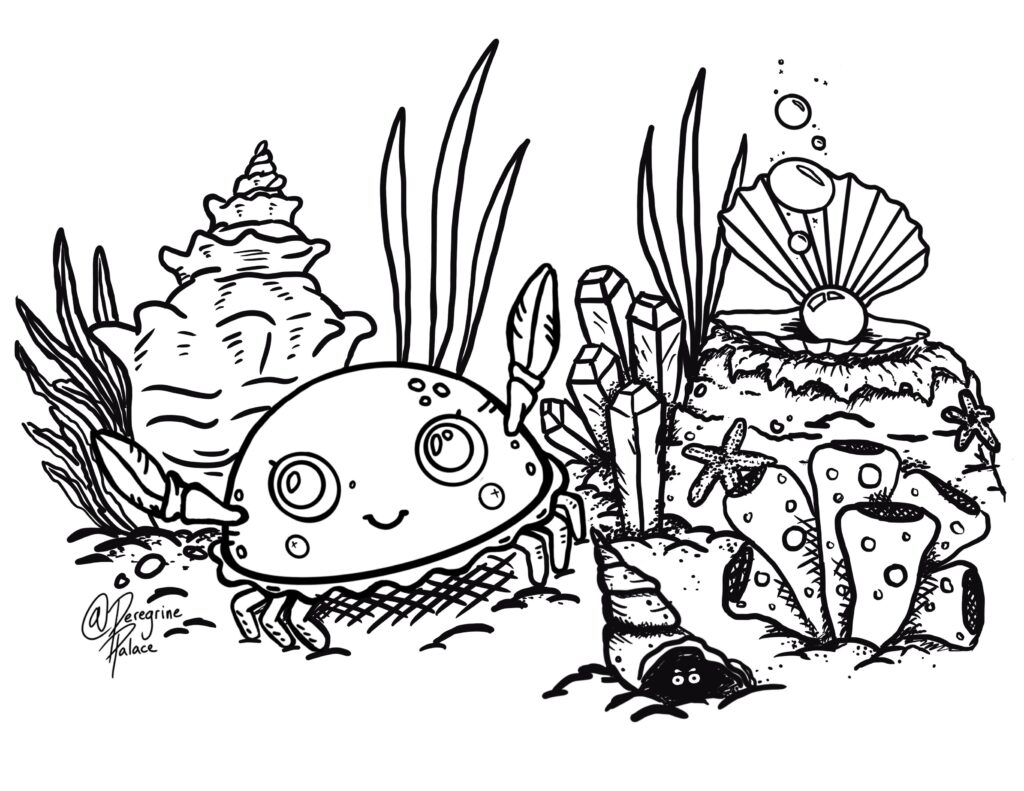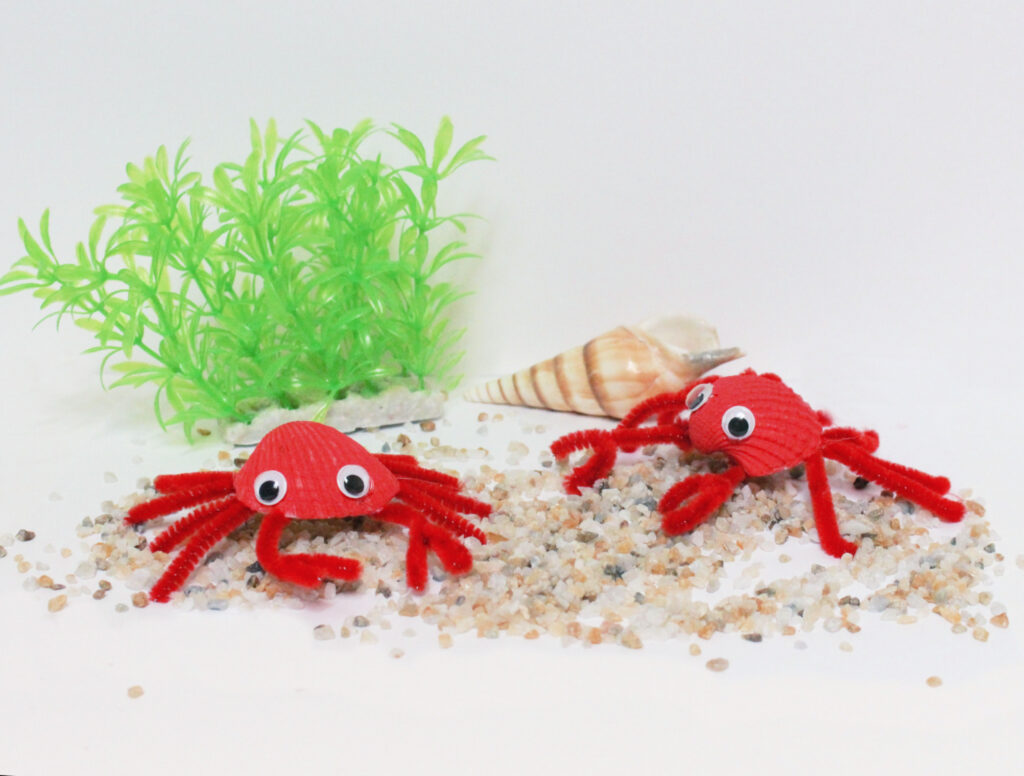20 Cool Facts About Crabs
Did you know that crabs are so old, they were here before the dinosaurs? It’s true! And crabs are found in every ocean all over the world. Crabs live in salt and fresh water as well as on land. Crabs are very valuable to ecosystems because they clean up decomposing plants and animals. Crabs also make great pets for some (hermit crabs) and some make great meals (king crabs). Crabs are fascinating creatures so here are 20 cool facts about crabs.
Fact 1. The lifecycle of a crab has 5 phases: 1. Eggs 2. Zoea (the larva stage) 3. Megalopa where features are becoming more pronounced as they grow 4. Juvenile crab 5. Adult crab
Fact 2. King Crab can grow to be 10 feet and weigh up to 25 pounds. That’s as big as a shark or alligator.
Fact 3. When crabs lose a claw, they can regrow a new one in 18 months.
Fact 4. Crabs can have millions of eggs which hatch within a week or two. Eggs look orange at first because of the yolks, but as the crabs grow inside the eggs, they look more brown.
Fact 5. Most crabs are omnivores meaning that they eat plants and animals.

Fact 6. Crabs have many predators like seagulls, octopus, sea turtles, otters and seals.
Fact 7. A group of crabs is called a cast.
Fact 8. Peas crabs are the smallest type and are less than an inch in diameter.
Fact 9. Crabs have 10 legs which makes them decapods.
Fact 10. They mainly walk sideways but can actually move in any direction.

Fact 11. Crabs have teeth in their stomach used to chew their food.
Fact 12. They are nocturnal so they’re awake and busy at night.
Fact 13. Many crabs live between 3 to 5 years.
Fact 14. Crabs have blue blood instead of red and their blood is thick like jelly.
Fact 15. All crabs have claws on their front legs.

Fact 16. Horseshoe crabs have big, horny shells and long tails. They are often called living fossils and have not changed much at all since the dinosaur age.
Fact 17. Boxer crabs hold stinging anemones in their claws as protection and camouflage.
Fact 18. Crabs communicate with each other by drumming and flapping their claws.
Fact 19. Crabs outgrow their shells so a new, larger shell grows under their old one. Then the old shell pops off and the new one quickly hardens so they are protected.
Fact 20. Hermit crabs do not grow their own shells so they have to find old shells to move into.

Free Printable Crab Coloring Pages



